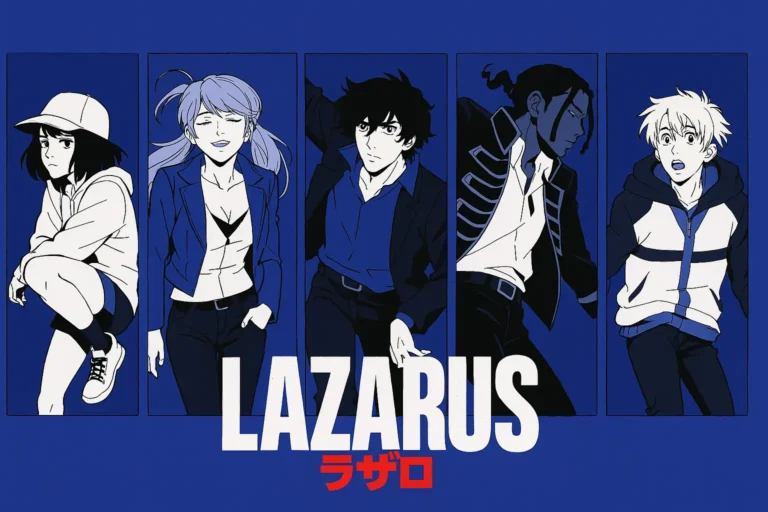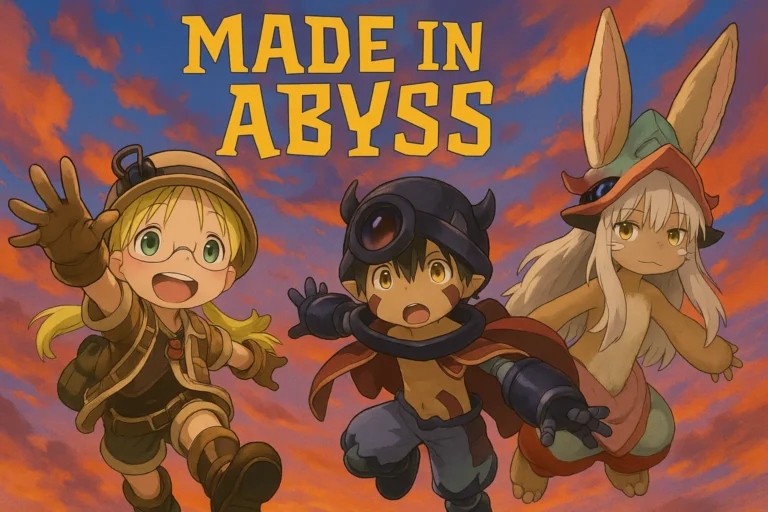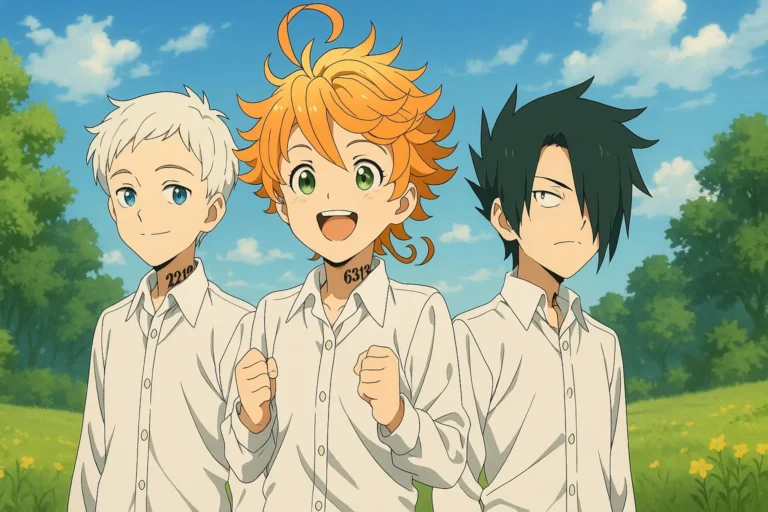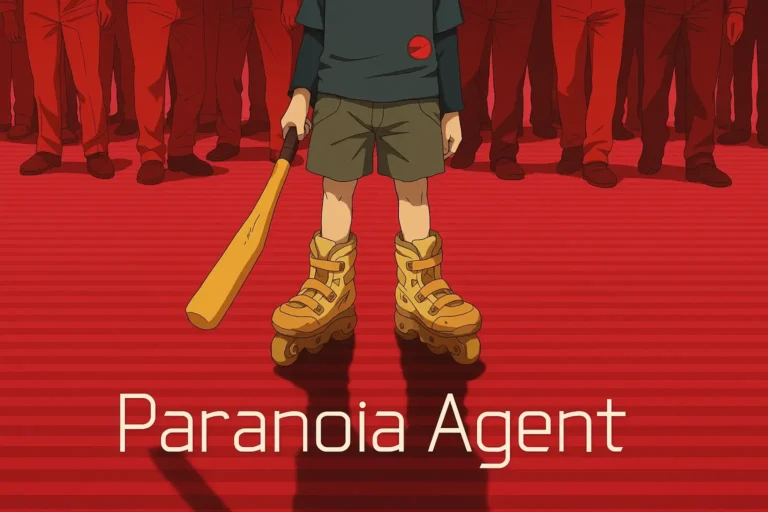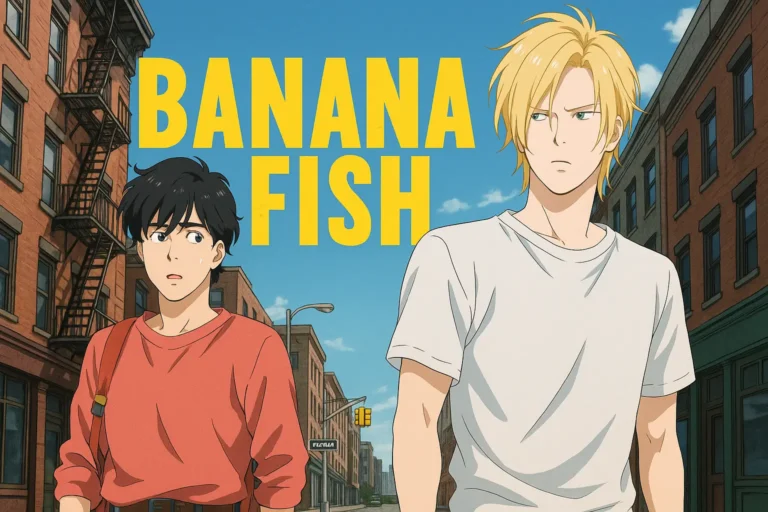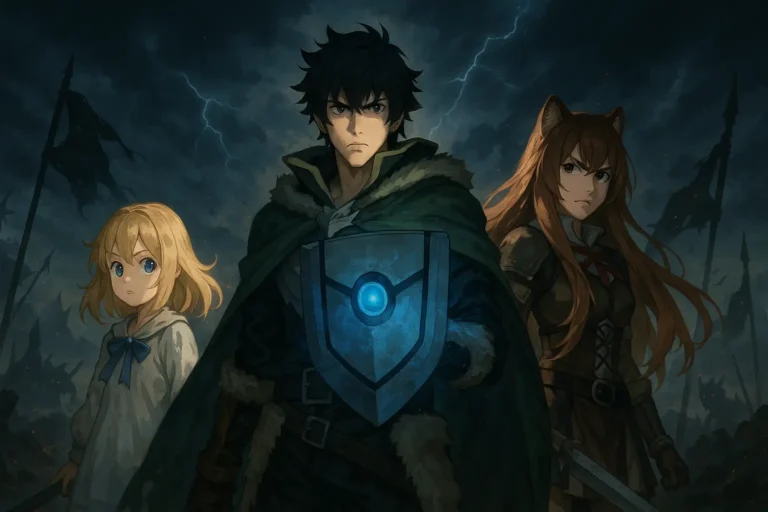Dororo Review: A Dark Anime That Explores Identity, Suffering, and the Quest for Humanity in Feudal Japan
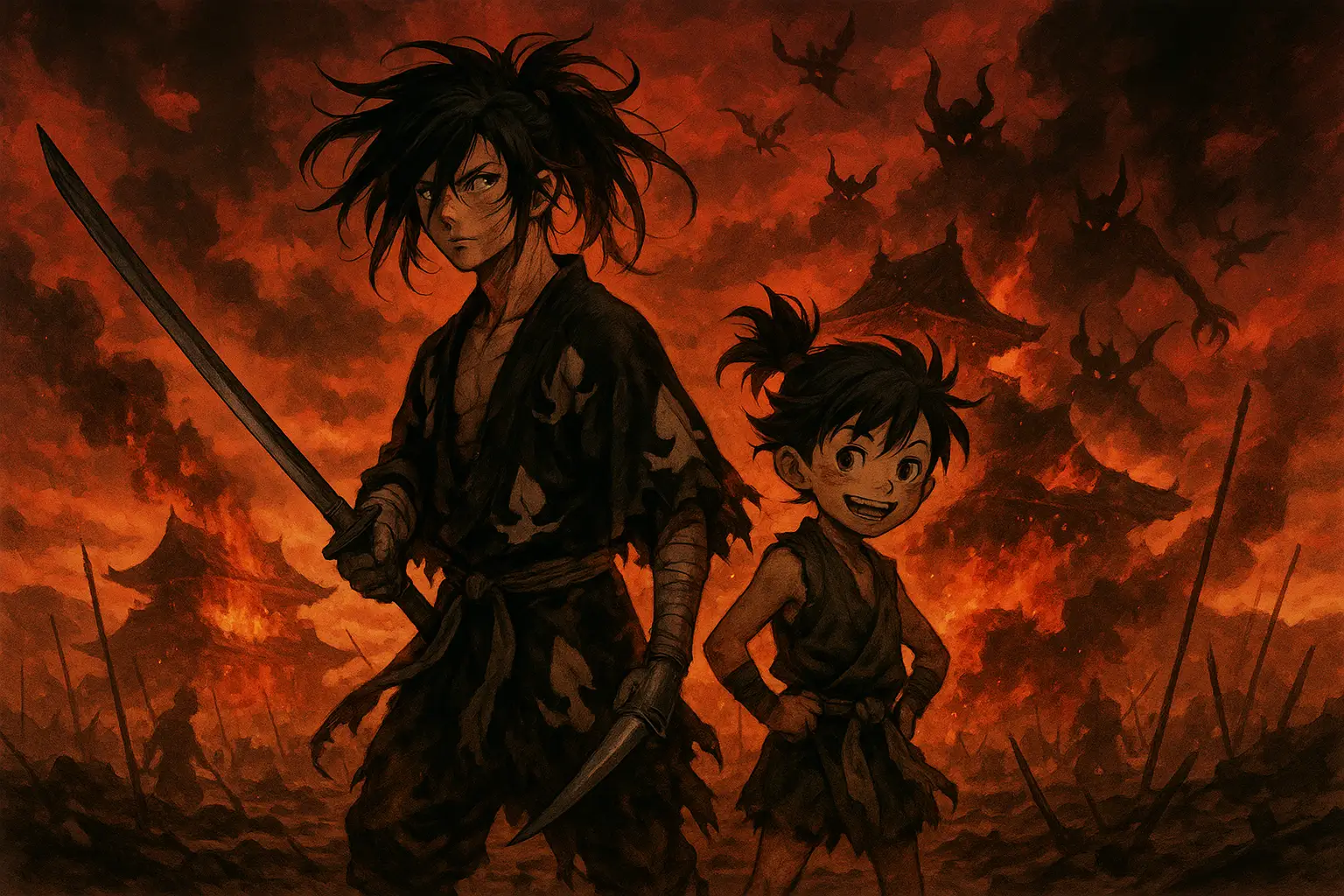
Table of Contents
Dororo Story
In a war-torn feudal Japan, a desperate lord makes a Faustian bargain with 12 demons, sacrificing his newborn son’s body parts in exchange for prosperity for his domain. The infant, Hyakkimaru, miraculously survives—albeit without limbs, skin, eyes, ears, or even a voice—and is abandoned to drift down a river. Rescued and raised by a compassionate doctor with exceptional prosthetic skills, Hyakkimaru grows into a deadly efficient warrior with artificial limbs that conceal lethal blades.
When he discovers the truth about his missing body parts, Hyakkimaru embarks on a blood-soaked quest to slay the demons who possess what is rightfully his, regaining a piece of himself with each victory. Along his journey, he encounters Dororo, a scrappy orphaned thief with secrets of their own. Despite communication barriers and constant danger, they form an unlikely partnership—one wielding blades for vengeance, the other supplying the humanity and compassion the first has never known. Together, they navigate a landscape devastated by war, confronting both supernatural horrors and the darker aspects of human nature.
Quick Facts
| Category | Details |
|---|---|
| Genre | Dark Fantasy, Historical, Action, Supernatural |
| Episodes | 24 |
| Episode Duration | ~24 minutes |
| Age Rating | R – 17+ (violence & profanity) |
| Production | MAPPA & Tezuka Productions (2019) |
| Source | Manga by Osamu Tezuka |
| Available On | Amazon Prime Video, Netflix (select regions) |
Content Advisory Rating (CAT)
Violence: High – Features graphic sword combat, dismemberment, murder (including of children), body horror, and supernatural violence. Blood is frequently depicted.
Language: Medium – Contains occasional profanity, primarily from the character Dororo. Includes some crude references typical of the street urchin character.
Sexual Content: Low – Minimal romantic or sexual content. One episode briefly deals with human trafficking, but without explicit depiction.
Sensitive Topics: The series contains depictions of child abandonment, war casualties, famine, physical disability, human sacrifice, genocide, and feudal oppression. Some Buddhist religious imagery and practices are central to the storyline.
Deeper Insight
Beyond its visceral samurai combat and supernatural elements, Dororo presents a profound meditation on what makes us human. Hyakkimaru’s quest transcends simple vengeance—it’s an exploration of personhood and identity. As he regains each physical part, he doesn’t just become more complete anatomically; he experiences the world with new senses, feeling pain and beauty in equal measure. The series questions whether humanity is defined by our physical form, our moral choices, or our connections to others. Set against the backdrop of a war-ravaged country, the story explores the cycle of sacrifice—what we surrender for power, prosperity, or revenge, and whether the price is ever truly worth paying. Hyakkimaru’s journey mirrors Japan’s own historical struggles with identity, modernization, and the cost of progress.
Standout Features
Mesmerizing Visual Storytelling
The animation masterfully balances the grotesque with the beautiful. Fight sequences flow with kinetic energy and stylized violence, while quieter moments capture the austere beauty of feudal Japan. The character designs honor Tezuka’s iconic style while modernizing it for contemporary audiences. The color palette shifts brilliantly between muted, earthy tones for mundane scenes and vivid, often unsettling hues for supernatural encounters.
Nuanced Character Growth
Both protagonists undergo remarkable development. Hyakkimaru evolves from an almost mechanical killing machine to someone struggling to understand emotions and moral complexity. Dororo transforms from a survival-focused street urchin to someone capable of profound empathy and sacrifice. Their relationship evolves organically, avoiding typical mentor-student or purely familial dynamics to create something uniquely touching.
Haunting Soundtrack
The musical score brilliantly enhances the viewing experience with its blend of traditional Japanese instruments and contemporary arrangements. The opening theme “Kaen” by Ziyoou-vachi captures the show’s intensity perfectly, while the ending themes provide emotional counterpoints to often brutal episodes. The soundscape uses silence as effectively as music, creating moments of stunning emotional impact.
Thoughtful Moral Complexity
The series steadfastly refuses easy answers. The demons are monstrous, but the humans often commit equal atrocities. The prosperity gained through Hyakkimaru’s sacrifice saved countless lives during famine—forcing viewers to confront uncomfortable utilitarian calculations. The series presents compelling arguments for both vengeance and forgiveness, personal happiness versus collective good, without offering simplistic resolutions.
Shortcomings
Uneven Pacing
The episodic structure, particularly in the middle section, occasionally disrupts the narrative momentum. Some demon encounters feel formulaic, while other potentially impactful storylines are resolved too quickly. The final arc, while powerful, rushes through several significant character developments that deserved more space to breathe.
Limited Female Agency
Despite featuring some memorable female characters, the series often relegates women to victims, nurturers, or tragic figures defined by their relationships to male characters. While this partly reflects the historical setting, more recent historical anime have managed greater complexity for female characters while remaining period-appropriate.
Occasionally Heavy-Handed Themes
While generally nuanced, certain episodes hammer their moral points with unnecessary repetition. Some villains monologue their philosophies in ways that undermine the otherwise sophisticated storytelling, making explicit what the visual narrative had already elegantly implied.
Recommended For
- Fans of dark fantasy who appreciate supernatural elements grounded in historical settings
- Viewers who enjoy morally complex protagonists and antagonists with understandable motivations
- Admirers of stylized combat animation with meaningful stakes
- Those interested in Japanese folklore, yokai legends, and Buddhist themes
- Audiences who appreciate stories that balance intense action with philosophical depth
Not recommended for viewers sensitive to body horror, graphic violence, depictions of child suffering, or those who prefer conclusive, happy endings.
Final Rating
8.5/10 – Dororo stands as one of the most thought-provoking anime reboots in recent years. Its willingness to explore difficult themes through a historical-supernatural lens creates something uniquely compelling. While pacing issues and some characterization limitations prevent it from achieving perfection, the series offers a rare combination of artistic beauty, narrative depth, and emotional resonance. It honors Tezuka’s visionary original work while thoughtfully updating it for contemporary audiences. Highly recommended for those who can stomach its darker elements.
Frequently Asked Questions
Is prior knowledge of the original manga necessary?
No, this adaptation stands completely on its own. The 2019 version expands on many elements from Tezuka’s original work while maintaining its core themes.
How graphic is the violence in Dororo?
Quite graphic. The series features dismemberment, blood spray, child endangerment, and body horror. However, the stylized animation somewhat mitigates the realism of these depictions.
Does the anime have a definitive ending or is it open-ended?
The anime provides a conclusive ending to the main storyline, though with some deliberate ambiguity that respects the viewer’s intelligence. It doesn’t directly follow the manga’s ending.
How accessible is Dororo for viewers new to anime?
The straightforward narrative and historical setting make it relatively accessible, though the supernatural elements and violence might be jarring for complete newcomers to anime.
Is the series more action-focused or character-driven?
While featuring excellent action sequences, Dororo is fundamentally character-driven. The combat serves character development rather than existing for its own sake.

